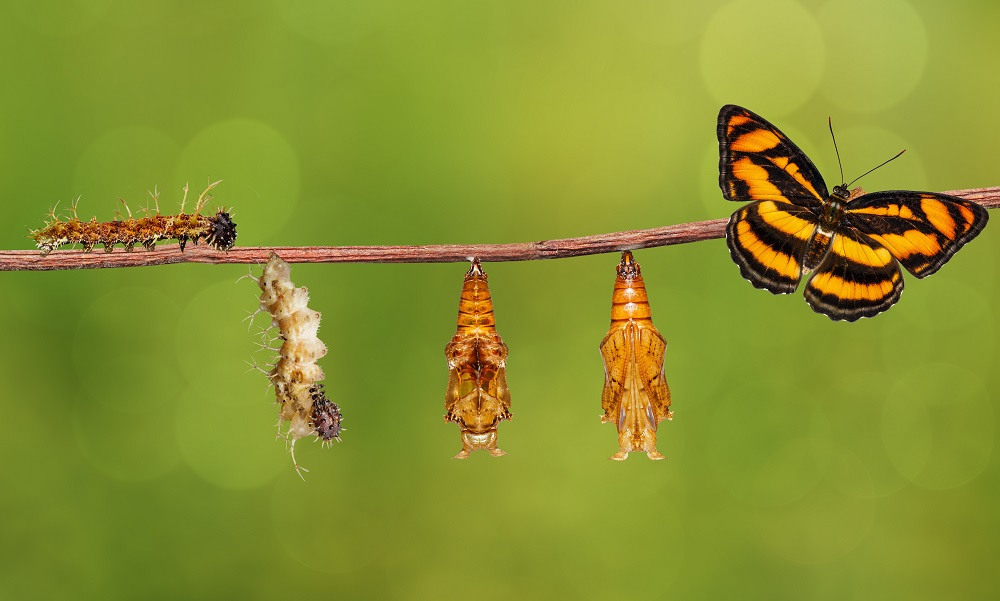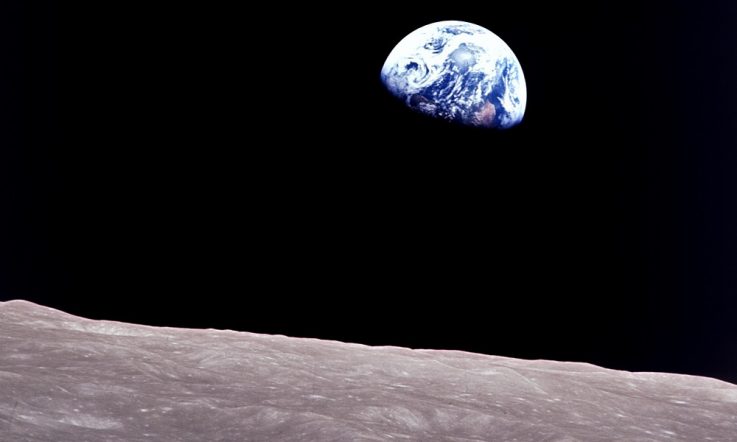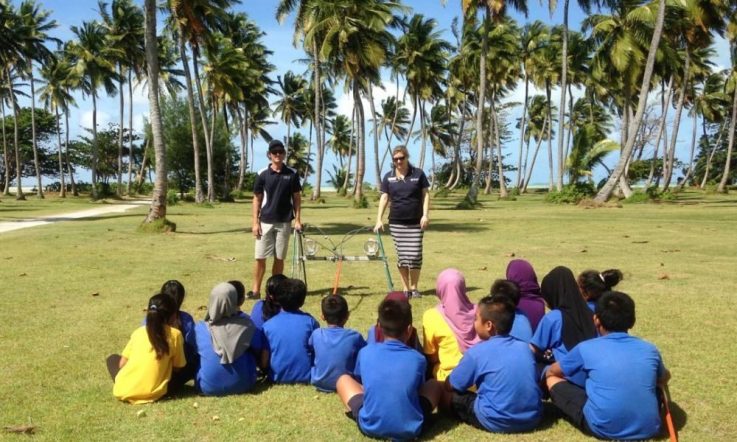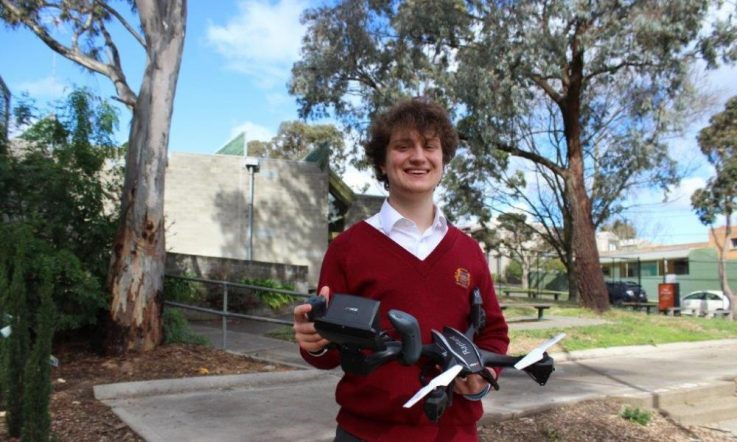National Science Week has just been celebrated across Australia, and in a previous article, we explored how schools were embracing the theme, Game Changers and Change Makers. In this follow-up we find out how students at a Tasmanian school have been focusing on the work of female scientists, and how teachers have linked Science Week activities to the curriculum.
Rosetta Primary School in Tasmania involved the whole school in National Science Week 2018, inviting each class from Prep to Grade 6 to conduct a research project on a female scientist of their choice.
Recognising female contributions to science
Grade 4 classroom teacher Lindy Devereux tells Teacher Rosetta Primary decided to focus on female scientists because their observations show students predominantly think of scientists as males. ‘This year, we thought about all the scientists who have changed lives with their research and inventions and decided it was an appropriate year to focus on the contributions of women.'
The school decided to share the various research projects in a whole-school assembly. They had scheduled in one hour for the presentations during Science Week, but Devereux says they needed to find an extra 30 minutes the following day to complete the assembly, because there were so many presentations. Groups presented in various forms: some designed models and created artwork, others presented a role play of a story or demonstrated an experiment.
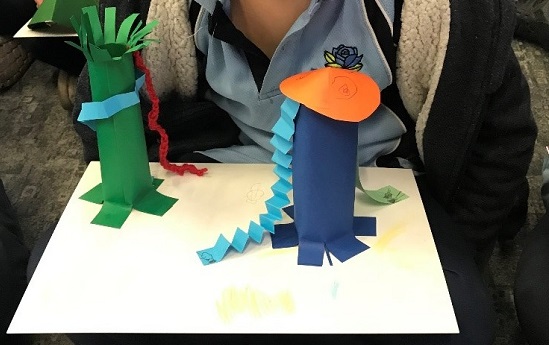
Image supplied.
Perhaps an obvious name we think of when it comes to female scientists is Jane Goodall. One class chose to research the well-known primatologist, but another class instead visited a relative of their teacher – an Antarctic scientist working with tetrapods.
One Prep class designed playgrounds representing the ideas of Maria Montessori to demonstrate their understanding of the scientific pedagogy of the educator. Grade 2 and 3 students looked at the work of Emma Johnston in saving the Great Barrier Reef by creating models of a litter-free reef. Grade 4 students showed artwork similar to the silk screen sketches of insects and lifecycles originally created by Maria Merian.
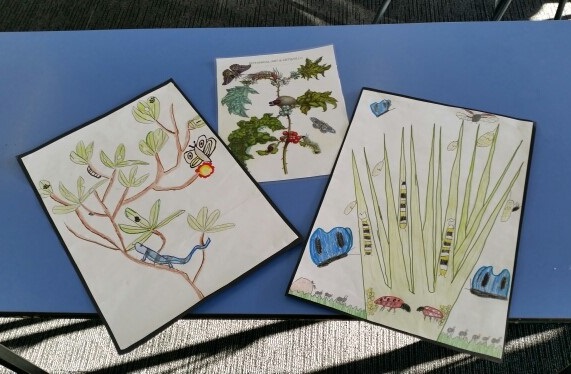
Image supplied.
Classes in Grades 5 and 6 decided to look at Australian female scientists in particular. ‘I think some of the older students were surprised to discover how many Australian female scientists we have – and young ones at that,' Devereux reflects.
‘[In the past] we have held several expos where specific classes provide fun experiments for all classes to experience throughout the week; held ‘Brain Breaks' where all students in the school ate their recess in the hall whilst being entertained with demonstrations from senior students; held a ‘Chemistry Feast'; run competitions and quizzes and spelt out the word Science with students for a drone photo.'
Connecting activities to the curriculum
Connecting Science Week activities with the Australian Curriculum is not new for Rosetta Primary. ‘Science Week becomes one of our major showcases for learning in the STEM area in Term 3 and all classes and students are always involved.'
As such, another Prep class focused on the work of local Tasmanian scientist Olive Pink. She was a scientist who worked in the Botany area and her work connected well with the theme of growth and change in their Science work.
Overall, the theme of female scientists connected well to curriculum expectations: ‘[Particularly] the strand of Human Endeavour in Science which teachers often find plays second fiddle to content and understanding.'
Some time after the presentations, Devereux is pleased to report she's still having conversations with students about how fascinating they found the scientists they researched to be.
Think about your own school setting: how often do you involve students in national events? How would you go about linking these events back to the curriculum expectations?
